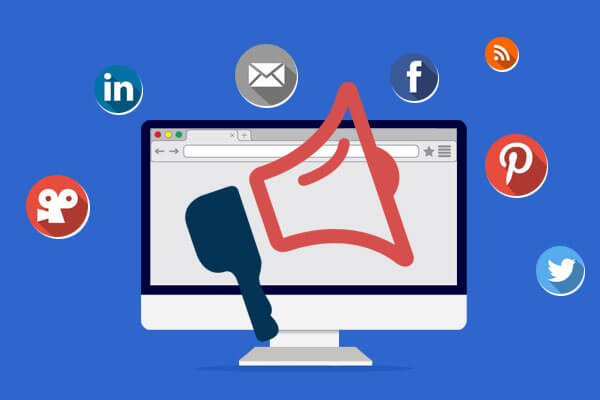
Notifications are one of the essential components of modern marketing. They allow marketers to connect with their audience in an effective and timely manner. However, the sheer number of notifications generated by many digital marketing strategies can be overwhelming to customers, leading to decreased engagement, or worse yet, complete opt-outs.
Recent data shows that over 70% of mobile notifications are completely ignored, while others studies show that 33% of customers will uninstall an app due to excessive notifications. This is a major issue for organizations as they rely on customers being engaged with their apps and campaigns if they are to remain successful. The crisis of notifications is thus a very real concern for modern marketers.
One reason for the overload in notifications is the overuse of automated campaigns by companies. Many digital marketing agencies fail to take into account user preferences when scheduling automated campaigns. This can lead to users receiving messages that do not accurately reflect their needs and interests, resulting in them tuning out and becoming annoyed by the barrage of useless information coming at them from various sources. Of course, this can quickly eat away at a brand’s reputation and customer loyalty if left unchecked.
The key to overcoming this crisis is personalization – using data obtained from customers’ activities and interactions online as well as other available online information such as past purchases and interests – to create tailored messages that possess much higher relevance to a consumer compared to generic mass-marketing messages which are blasted out at random moments throughout the day or week. This is where marketing automation tools come in handly; they allow users to obtain more specific data about their target audiences so that they can craft more personalized messages which appeal directly those consumers’ needs and wants.
In addition, frequency still plays a major role in notification success or failure; too frequent messaging can alienate users from an app or campaign just as quickly as too infrequent messaging can lead them forgetting about it altogether! It’s important for companies sending out notifications prioritize quality over quantity when selecting which notifications should be sent out – often less frequent but more relevant messages will have far greater impact than a barrage of daily messages that contain no meaningful content or value for recipients!
Finally – don’t forget about testing! Every individual has different preferences which may not always be obvious; by testing different message frequencies and types on small subsets before rolling them out larger scale campaigns you can make sure your messages hit their mark without missing your core target demographic.
By following this three step process – personalizing messages based on user data, making sure you get the right frequency down pat and testing thoroughly – you should be able to overcome any potential issues surrounding notification overload while still reaping all the rewards effective digital marketing has to offer!